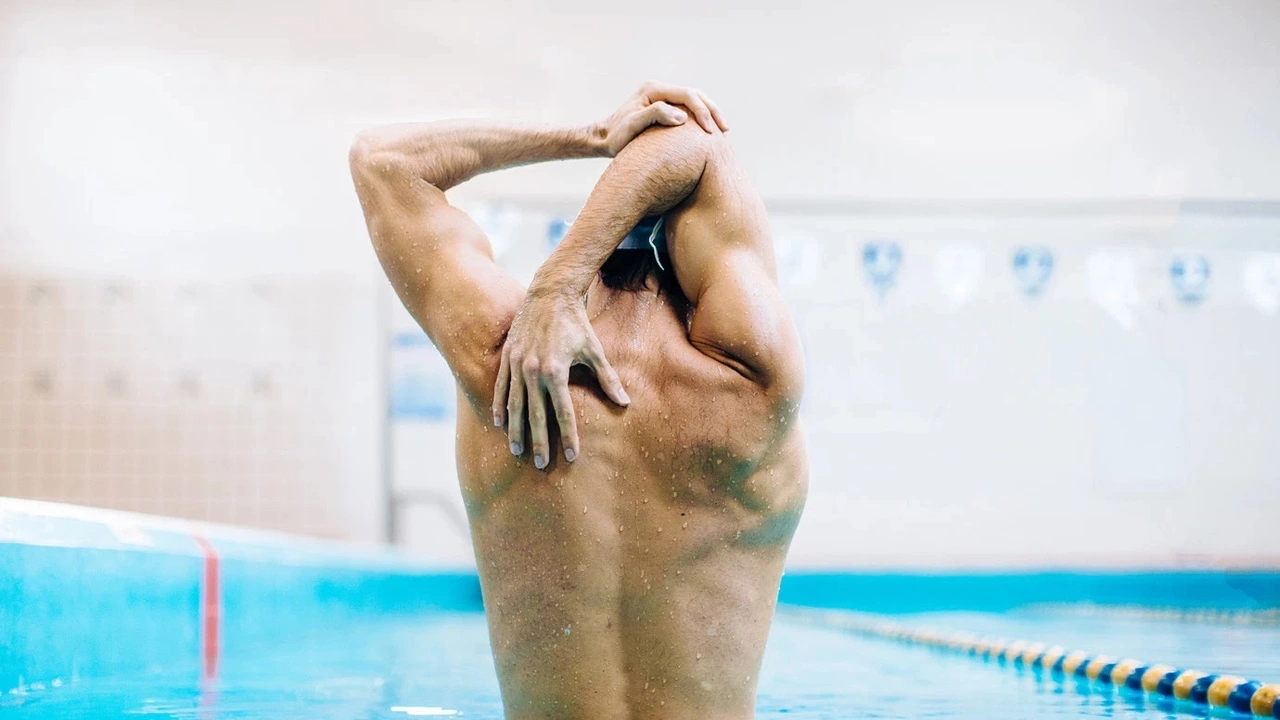Long-Term Swimming Benefits for Health and Fitness
Ever wonder why swimmers seem so fit and relaxed? The answer isn’t just a fancy training plan – it’s the power of staying in the water over months and years. When you make swimming a regular habit, you get more than a quick calorie burn. You build a foundation for lifelong health.
First off, swimming is low‑impact. The water supports your body, so joints take far less stress than they would on a treadmill or a hard‑court run. That means people of any age, from teens to seniors, can keep moving without worrying about knee pain or shin splints. It’s a safe way to stay active, even if you’re recovering from an injury.
Cardiovascular health gets a massive boost. Each lap forces your heart to pump efficiently, raising oxygen delivery to muscles. Over weeks, you’ll notice lower resting heart rate and improved stamina. Those benefits translate to everyday tasks – climbing stairs, carrying groceries, playing with kids – all feel easier.
Strength and flexibility grow together in the pool. Pushing against water resistance works every major muscle group: shoulders, core, legs, and back. At the same time, the fluid motion stretches tendons and ligaments, keeping you limber. You’ll see tighter arms, firmer thighs, and a more supple spine without lifting heavy weights.
Why Swimming Beats Many Workouts
Most workouts focus on one area: cardio, strength, or flexibility. Swimming hits all three in a single session. That efficiency is why busy people love it. Plus, the rhythmic breathing you practice in the pool trains your lungs, improving overall respiratory function.
Mental health gets a quiet upgrade, too. The soothing sound of water and the steady breath pattern lower cortisol, the stress hormone. After a swim, many report feeling calmer, clearer, and more focused. It’s like a moving meditation that also burns calories.
How to Make Swimming Part of Your Routine
Start small. Even 20 minutes, two times a week, builds a habit. Gradually add a session or a few laps as you feel comfortable. Treat each swim like a meeting with yourself – set a reminder, pack your swimwear the night before, and stick to the plan.
If you’re new, focus on technique first. A quick online tutorial or a brief lesson from a coach can prevent bad habits that waste energy. Work on a balanced stroke mix: freestyle for speed, backstroke for posture, and a bit of breaststroke for a gentle chest workout.
Mix it up to avoid boredom. Try interval training – sprint a lap, then glide for a minute. Or incorporate water aerobics moves like leg kicks and arm pulls while standing. Changing the routine keeps your body guessing and your mind engaged.
Track progress. Note how many laps you complete, how you feel afterward, or any changes in how fast you finish a set distance. Seeing improvement fuels motivation and shows the real payoff of long‑term swimming.
Bottom line: swimming isn’t just a summer hobby; it’s a year‑round health powerhouse. Low impact, full‑body strength, cardio boost, and stress relief all roll into one activity. Give it a try, stick with it, and you’ll notice the benefits adding up day after day.
